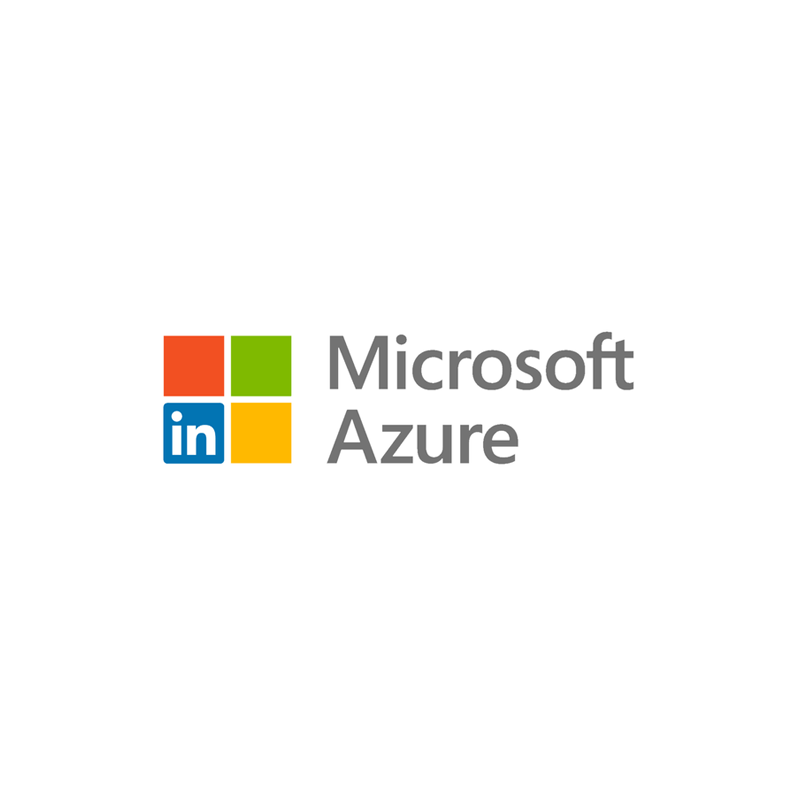
In a not surprising move, LinkedIn announced that it is swapping out its data centers for the public cloud owned by Microsoft.
As a part of a multi-year migration, the Microsoft-owned company is moving out its 645 million to the cloud, to improve its site's accessibility, reliability and performance, as explained by Mohak Shroff, LinkedIn’s SVP of engineering: "We think probably at least three years till we’re done, possibly longer than that."
"It will be a gradual migration. We’ll see increasing workloads on Azure over time, with a pretty significant inflection point, about a year and a half, two years out from now. And then kind of an accelerated migration post that."
Considered as one of the biggest biggest technological transformations in the company’s history, the move has been predicted since LinkedIn was acquired by Microsoft for $26.2 billion back June 2016.
LinkedIn moving to Microsoft Azure always seemed inevitable.
The social media for professionals and alike has been evaluating and planning to move its system to the public cloud "many times". And for years, "felt like the time wasn’t right to make a move,” Shroff explained.
But early in 2019, after yet another evaluation, LinkedIn looked at the public cloud landscape, its capabilities, and if it were to migrate, how it would do so. After consideration, the company finally initiated the idea.
"For a while we’ve seen a certainty to the public cloud. A certainty to Azure and its ilk on the future. They’re just trends you see in terms of the level of investment, innovation, and scale that come with the way public clouds have evolved. That makes it clear that that is the way of the future, and we want to be part of the future," continued Shroff.
In other words, LinkedIn is investing for itself for its future.
"Let’s say that, 10 years from now we’re finally on Azure. Is now the right time to start? So that when we’re on Azure, it’s ready for us in terms of the kinds of capabilities we would not want to build ourselves but want to access to on the public cloud. And this latest evaluation really came back with a ringing endorsement for now is the time."

Previously, LinkedIn has actually used Azure, but only limited to certain needs. The three notable ones were:
- Azure Media Services to accelerate LinkedIn's video post-delivery.
- Microsoft Text Analytics API to improve LinkedIn's feed machine translation.
- Content Moderator to help LinkedIn keep inappropriate content off its platform.
In other words, LinkedIn has long relied on Microsoft's public cloud in one way or another. The company's data flows through Azure for processing, understanding, and transforming, which then returns to the site. But requests that comes from LinkedIn.com didn't go through Azure yet.
With LinkedIn leveraging all of Microsoft Azure, the site can be “more proximate” to its members, capable of dealing with sudden burst of traffic, and make use of Azure’s data analytics, artificial intelligence and machine learning capabilities, as well as the ability to leverage GPUs.
As for the latter, this would enable LinkedIn to develop its products, secure its site, and leveraging at-scale systems over time.
Since Microsoft acquired LinkedIn, the Redmond giant has largely allowed LinkedIn to make its own decision. That meant LinkedIn can build its own technologies, even though Microsoft has alternatives, and/or continued to use non-Microsoft ones.
With LinkedIn moving itself to Microsoft, this is essentially changing.